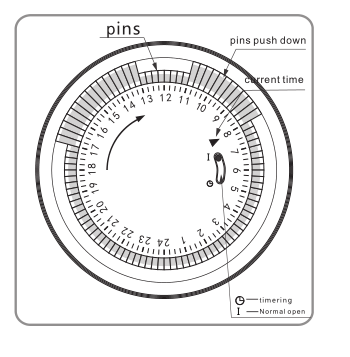Researchers at the Georgia Institute of Technology have developed innovative circuit patterns that can be printed on flexible conductive polymers, including clothing, to generate electricity from body heat. These materials can power simple biosensors that monitor vital signs such as heart rate and respiration, opening up new possibilities for wearable health technology.
The fabric structure incorporates both p-type and n-type semiconductors, enabling it to convert body heat into electrical energy or, in reverse, to provide cooling to the wearer. This dual functionality could revolutionize how we interact with our clothing, making it more than just a garment—it could become an active component in personal comfort systems.
To achieve this, the researchers used the mathematical concept of Hilbert curves—space-filling patterns known for their self-similar, fractal nature. These curves allow for precise control over the output voltage and power, ensuring the circuits can be tailored to specific applications. The design enables large-scale printing of thermoelectric components, which can then be cut along symmetry lines to produce the desired voltage levels.
The initial experiments were conducted on paper, but the team is confident that the same pattern can be applied to various soft, conductive polymers, making it suitable for integration into everyday clothing. This approach not only makes energy harvesting more practical but also opens the door to sustainable, wearable power sources.
Akanksha Menon, a Ph.D. candidate at the Yee Laboratory, explains that the Hilbert curve’s fractal symmetry allows for scalable and customizable designs. By adjusting the density of the pattern, the system can be fine-tuned for different power needs, whether for low-power sensors or more demanding applications.
While the team has not yet demonstrated the full potential of the reverse process—where the material could act as a cooling device—they believe the fabric’s ability to focus temperature gradients on the skin could significantly reduce energy consumption compared to traditional air conditioning systems.
Menon also highlighted the importance of using non-toxic, organic materials instead of conventional inorganic ones, which are often harmful and difficult to mass-produce. By leveraging inkjet or roll-to-roll printing techniques, the researchers aim to make these thermoelectric devices more accessible and environmentally friendly.
The study, published in the *Journal of Applied Physics*, was supported by the Air Force Office of Scientific Research and PepsiCo Inc. It showcases how combining advanced mathematics with material science can lead to groundbreaking innovations in wearable technology.
Looking ahead, the team hopes to optimize materials for specific applications and ensure that comfortable clothing can efficiently harvest enough energy from the human body to power embedded sensor networks. This development could pave the way for smarter, more responsive garments that support health monitoring and personal well-being.
Mechanical Timer
24 hours mechanical Timer
Instant indicator
Min.setting time:15 minutes. Max.setting timer:24 hours
With hand switch,can be switched to operating and
setting at any time
Instructions:

1. Set program: 1 pin is equivalent to 15 minutes. Determine desired start time and push down pins until desired
off time.
For instance, if you want electrical devices to work from 8:00am to 11:00am and from 13:00pm to 17:00pm, you
just need to put down allthe pins between the three period time.
2. Set the current time: Turning the dial clockwise until the arrow pointing to
current time.
For example,if now it is 8:00 am, please turn the dial and make sure the
arrow point to 8. (See the picture.)
3. Plug the electrical device directly into the timer. Make sure the electrical
device is power-on.
4. Plug the timer into electrical outlet and the electrical device will be work
according to the setting program.
Note: = Normal Ope n = Timing
Make sure the switch on the Timing position. If it
is on the [Normal Open" mode, the electrical device is
always power-on and the timer function no work.
Specifications:
Rated Voltage, Current and Power
|
As shown on the label
|
Time Setting Range
|
15minutes24hours
|
Working Temperature
|
-10℃?+55℃
|
Operation
|
Clockwise
|
Insulation Resistance
|
>100M
|
Inherent Loss
|
≤1W
|
Application:
1. To enable high-power electric appliances to run automatically at off-peak time if there is different electricity
price according to different periods of time in some areas.
2. To use for electric appliances which need time control, such as water heaters, air conditioners, drinking
fountains, rice cookers, advertising lights and so on.
3. To control the charging time. For example, battery of electric bikes or mobile phones, storage batteries, etc.
4. Occasions which need switch on/off frequently, like interval spray irrigation for flowersand lawn, cyclical
adding oxygen to fish jar, fountains and so on.
5. Home safety precautions and lighting.
Caution:
1.D o not exceed the maximum ratings of the timer.
2.M ust reset the current time after power failure.
3.D o not plug the timer directly into the working electrical appliances.
4.U nless changing the setting, keep the program same every day.
5.D o not disassemble timer by yourself. Professionals service are needed for maintenance.
6.T his item is only for indoor use.
Mechanical Timer, mechanical timer socket, 24hr mechanical timer, mechanical timer plug, mechanical timer adaptor
NINGBO COWELL ELECTRONICS & TECHNOLOGY CO., LTD , https://www.cowellsocket.com
